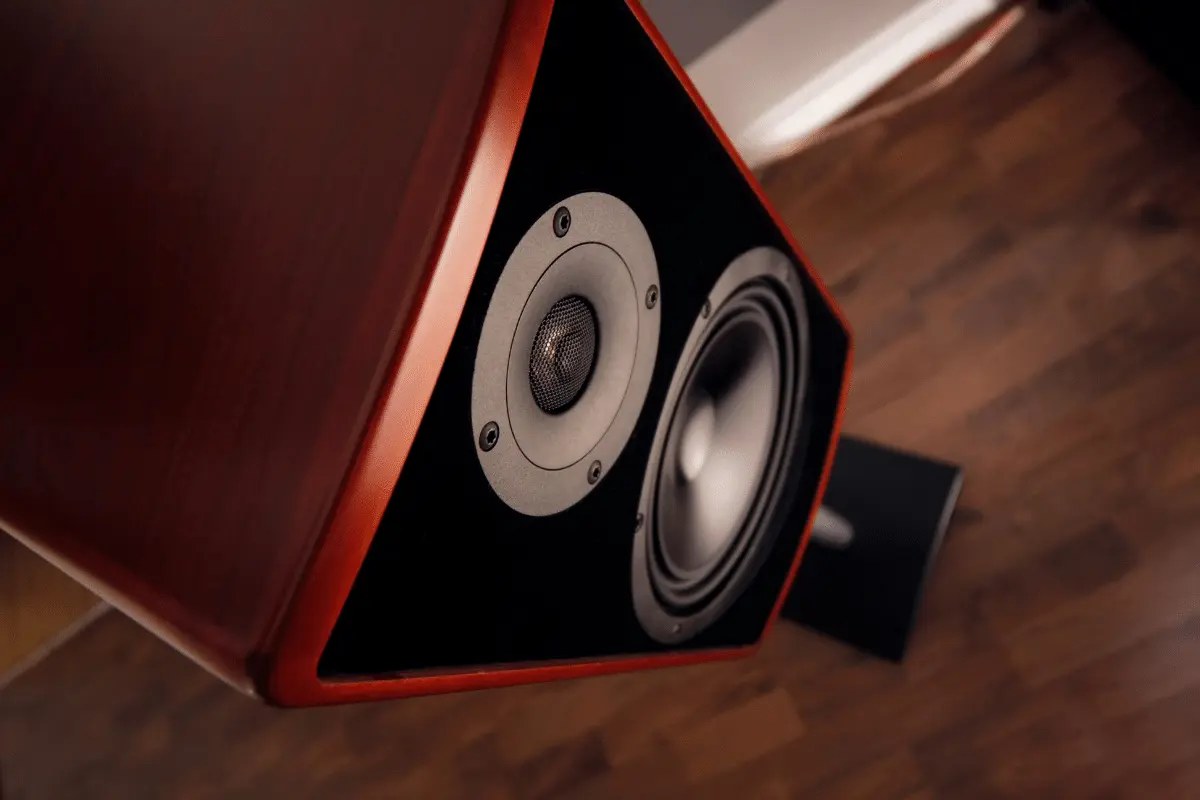With the emergence of wireless and noise-canceling earbuds, more questions have arisen in relation to whether they can trigger vertigo. This is due to various people reporting dizziness and other symptoms caused when wearing them. However, is the relation between the two accurate or a myth?
Various studies claim that listening to music at high volumes may increase the pressure in the ear and make it harder to regulate balance. In addition, certain sounds may cause vertigo as well.
As a result, this imbalance and sudden pressure increase are often linked to symptoms similar to or associated with vertigo.
This article will review how they are closely related, what vertigo is and its effects on the ear, how to prevent it, and how to promote a healthier use of earbuds.

What Is Vertigo?
Before diving into the relationship between earbuds and Vertigo, we first need to understand what it is, the main causes, and the symptoms found.
Vertigo can simply be defined as the feeling of dizziness or being off balance. The patient would feel common sensations like their environment moving around or their head spinning.
It is usually associated with a vast number of health conditions within the sensory nerve, ear, or brain. Depending on the person, this can last a long time or be temporary, and age is also a big factor.
Many vertigo attacks that may occur spontaneously or as a result of an injury can either last an hour or sometimes seconds.
Depending on how severe it is, it can extend to various days or even months.
Something important to understand is that this health condition is not only feeling dizzy, but it directly affects your balance since it is heavily related to the ear, which is in charge of maintaining the balance of the body.
Types of Vertigo
Two types of vertigo can be identified and have their causes. These are:
- Peripheral vertigo: usually this type occurs in the inner ear when its balance is disturbed. These parts are called vestibular labyrinths or also semicircular canals.
- Central Vertigo: in this case, this type happens directly in parts of the brain when it is disturbed. Usually, the back part is called the cerebellum or the brain stem.
Causes of Vertigo
In fact, there isn’t an attributed cause to Vertigo, and it is often related to slight to drastic blows or pressure in the head.
There are various symptoms provoked by benign paroxysmal positional vertigo (BPPV). Here is a brief list of the most common ones:
- Dizziness or light-headedness.
- Feeling that your surroundings are either spinning or moving.
- Feeling of tilting, swaying, or being pulled in one direction.
- Sweating
- Headaches or migraines.
- Vomit or nauseous.
- Feeling of fullness inside the ear.
- Jerking or abnormal rhythmic eye movements (referred to as the nystagmus)
- Ringing in the ears
- Hearing loss
An abrupt change in head position can trigger Vertigo and also feeling out of balance when walking or standing still.
When Does Vertigo Happen?
According to the research made by Geri Metzger from WebMD, Benign paroxysmal positional Vertigo occurs when small calcium particles called “canaliths” move away from their usual position and join in the inner ear.
After this, it directs signals to the brain in relation to the head, body, and gravity. This part of the ear is vital to keep you in balance, and there are a couple of health conditions that can cause this:
- Labyrinthitis or vestibular neuritis infection: this is often a viral inflammation that occurs on the inner part of the ear, often called “labyrinth.” It directly affects the nerves around it that are vital to keeping the body’s sense of balance.
- Meniere’s disease is classified as an inner ear disorder with sudden attacks related to Vertigo due to its similarities since both provoke sensations of spinning and ringing noises in the ear.
How Are Vertigo And Earbuds Related?
Throughout the article, it becomes clearer that vertigo is heavily related to the inner ear, which maintains body balance.
Therefore, it is believed by many researchers that earbuds and headphones can cause this health condition since listening to music or audio at a high volume for a long time may cause damage to the inner ear.
Some common side effects are hearing loss, ear infections, pain in the area, and dizziness due to the increased pressure inside the ear canal provoked by loud noises.
Based on research done by the University of Utah, it is estimated that one in a hundred people in the world suffer from a congenital inner ear condition from the semicircular canal, which triggers vertigo in response to changes in atmospheric pressure and certain sounds.
This is because this bone inside the ear, known as the semicircular canal dehiscence, encloses the inner ear and is sensitive to specific sounds, causing the brain to receive wrong signals. As a result, patients tend to feel dizzy.
Also, there’s also some research on noise-canceling earbuds causing dizziness as well, contributing to disorientation.
How To Handle The Symptoms Of Vertigo Caused By Earbuds?
As stated earlier in the article, vertigo comes with various symptoms like feeling sick or nauseous, dizziness, the sensation of being pulled or your surroundings spinning, and a loss of balance.
However, how can we control this condition when using earbuds?
- Alleviate the dizziness: this can be achieved by sitting down quietly and calmly for a couple of minutes until the feeling slowly goes away. Also, remove the earbuds immediately and avoid moving abruptly since the change in body position can worsen the feeling.
- Take care of the person: if somebody else is experiencing vertigo, make sure to keep this person safe and prevent them from falling, as this can be extremely dangerous.
- Determine the affected area: it is important to know what type of vertigo is in order to identify which side you are facing issues on. To do this, sit on the bed, lying down and your head hanging a little over the bed. Tilt your head slowly to the sides and analyze which one you feel the dizziest. Depending on which part is the most affected, you can do maneuvers, such as Epley Maneuver, Semont Maneuver, Foster Maneuver, and Brandt- Daroff Exercise, which your doctor or therapist can teach.
How To Prevent Vertigo When Using Earbuds?
If you tend to experience vertigo while using earbuds, it is necessary to know the following in order to prevent it:
- Lower the volume: as it was said before, listening to music or audio at a very high volume can trigger vertigo. Every time you use earbuds, remember to do this in order to prevent dizziness or turn the sound off. It is best to keep the maximum volume at least sixty percent.
- Don’t wear earbuds for a prolonged time: doctors suggest listening to music for only sixty minutes. It heavily depends on the volume, so restrict the use to up to fifteen minutes if you are listening to 100% volume.
- Take constant breaks: it is not advised to wear earbuds all the time since they can also damage your hearing in addition to experiencing vertigo. According to the World Health Organization or WHO, headphones have been flagged and linked to hearing loss.
- Avoid noise-canceling earbuds: if you suffer from motion sickness or are prone to pressure changes, it is best to avoid them. If this resonates with you, it is best not to use these types of earbuds since they can worsen symptoms of vertigo.
- Consult a doctor: if this sensation of dizziness doesn’t go away in a couple of minutes or hours, it is advised to visit a medical professional if these symptoms worsen.
Conclusion
It can be concluded that earbuds are heavily related and potentially can cause vertigo.
Listening to music or sounds can put a lot of pressure on the inner ear, causing symptoms like dizziness to arise.
It is advised to reduce the frequency of usage, avoid noise-canceling headphones, reduce the volume and take breaks in order to prevent these sensations from occurring. In case vertigo continues, it is advised to visit a specialist since this can be dangerous.




Leave a Reply
You must be logged in to post a comment.